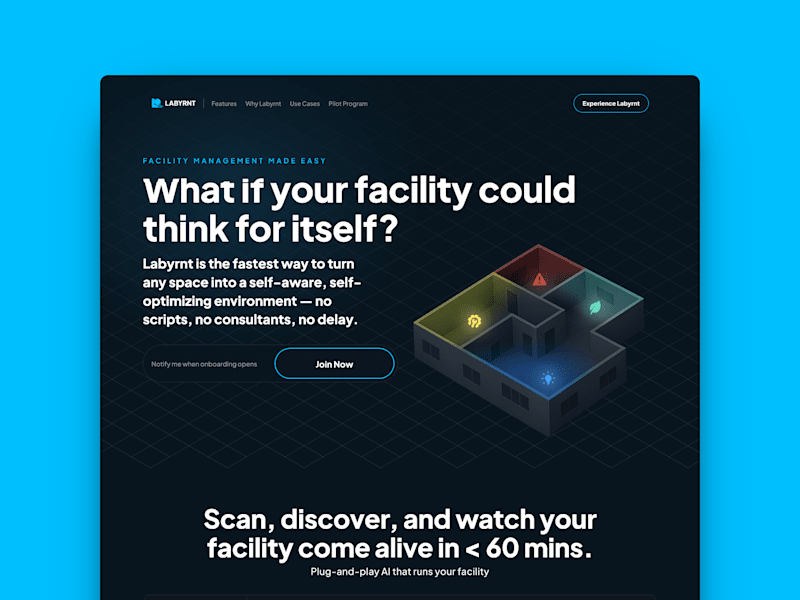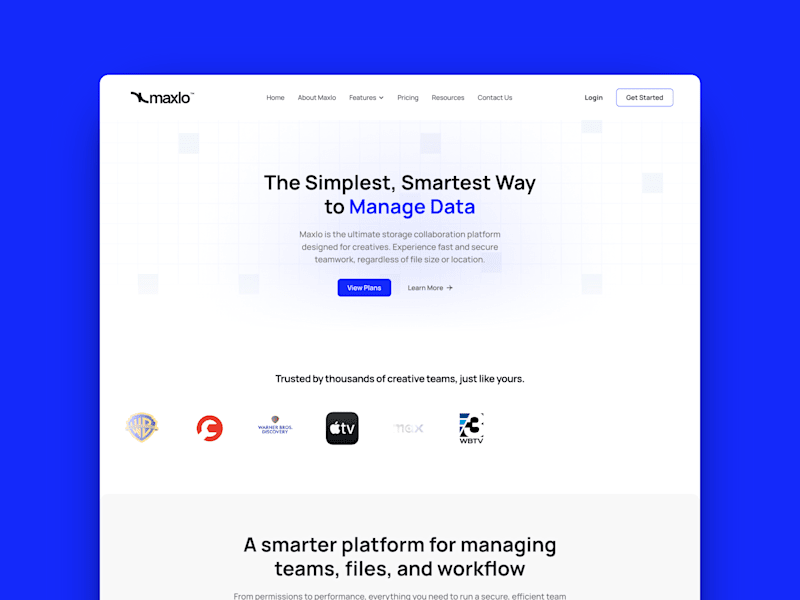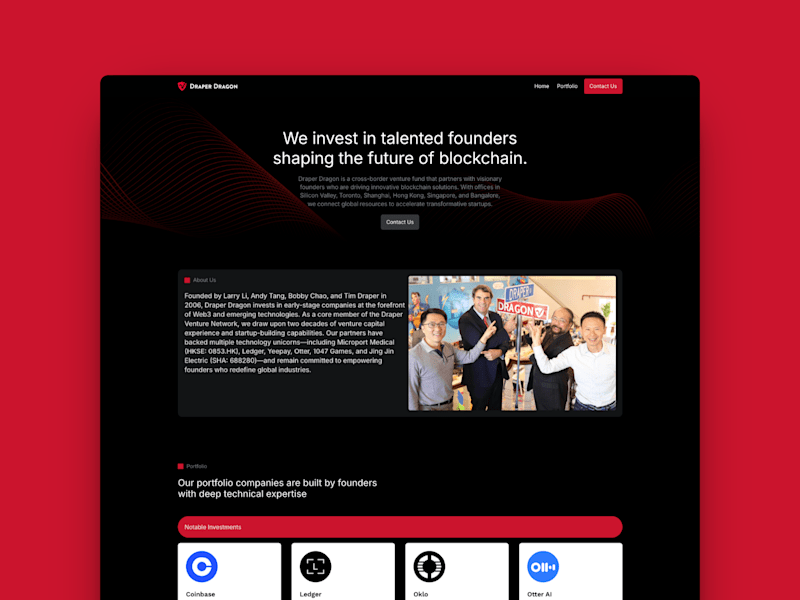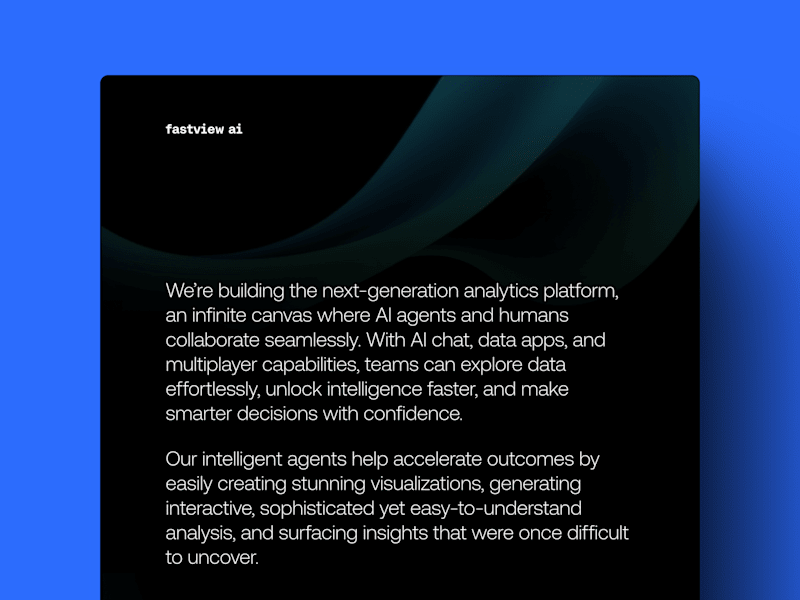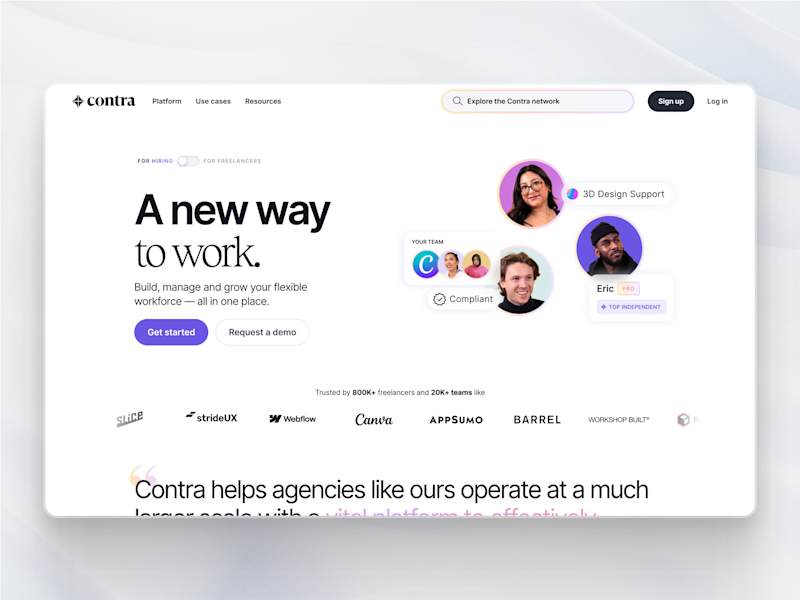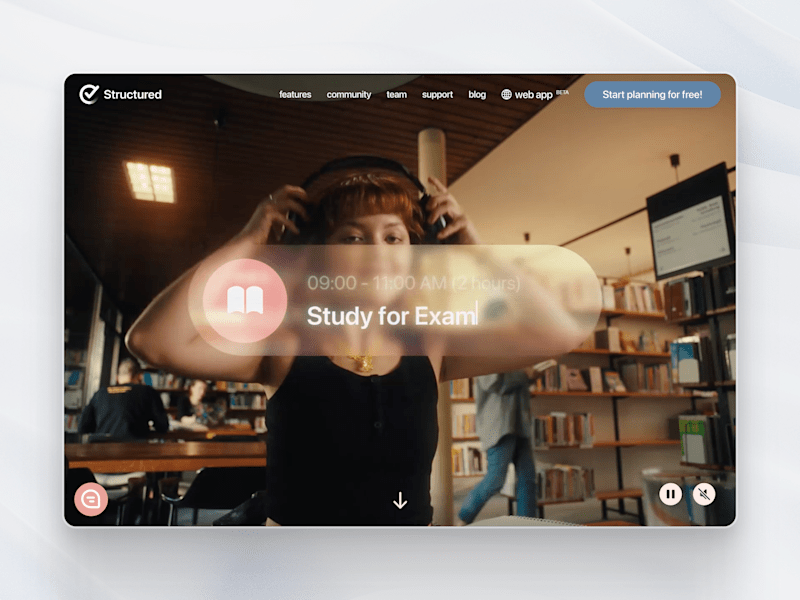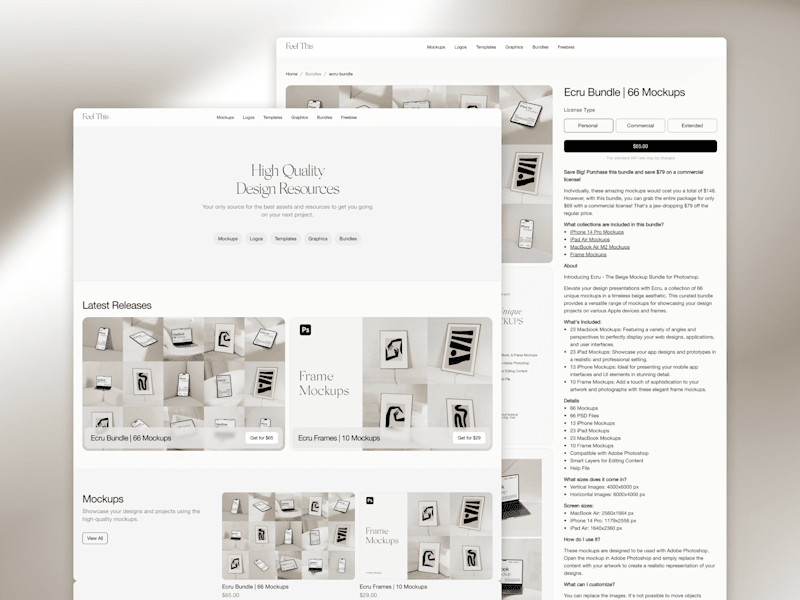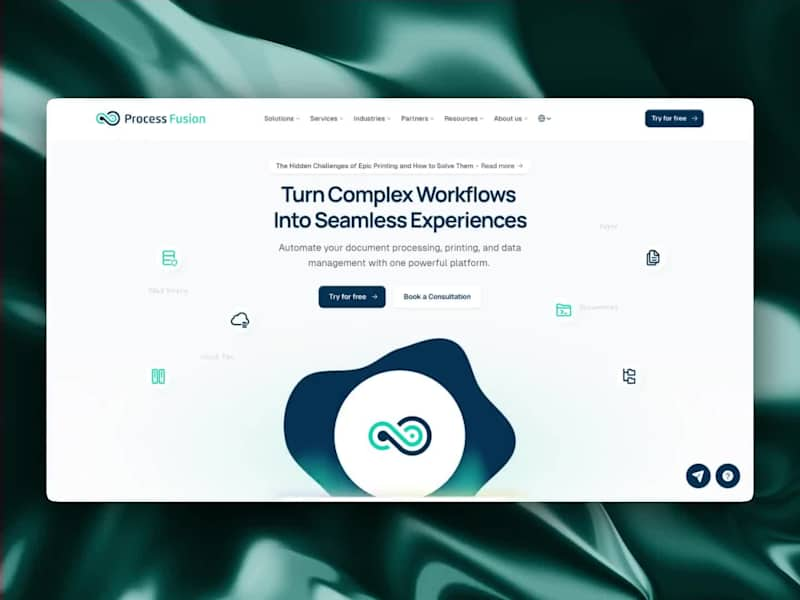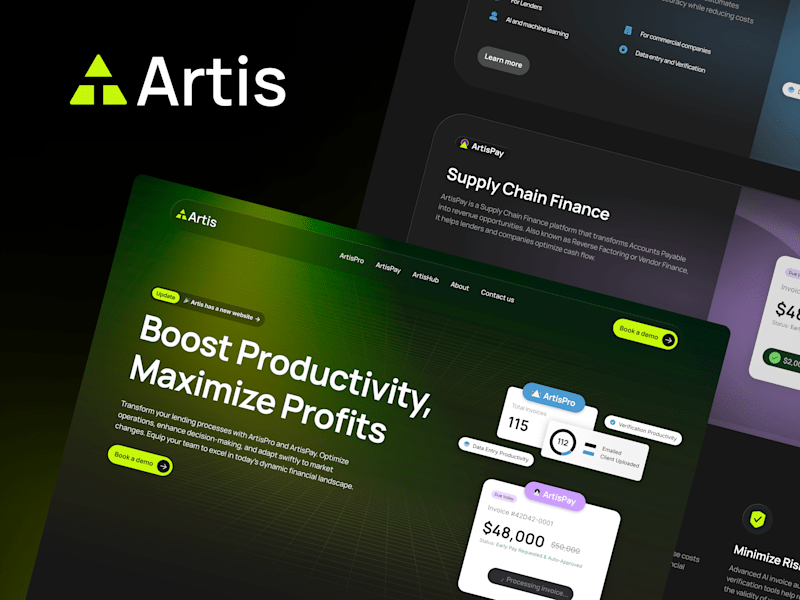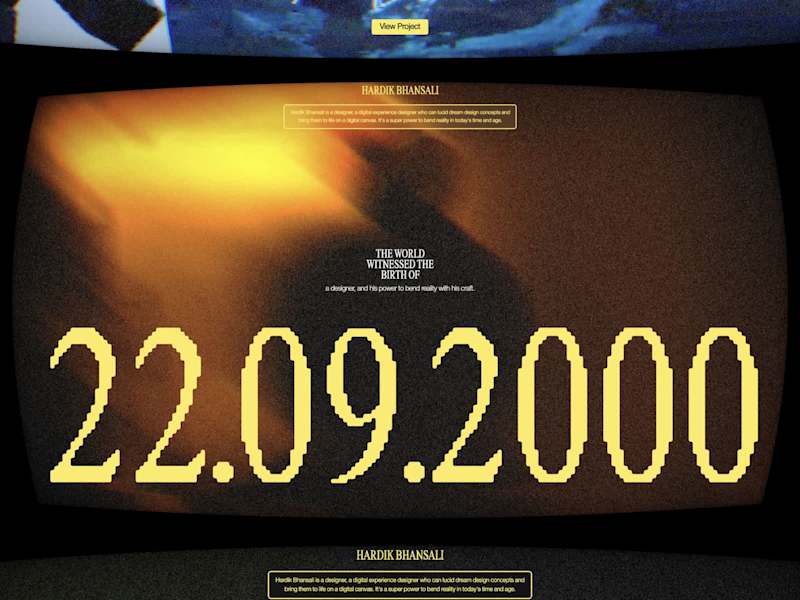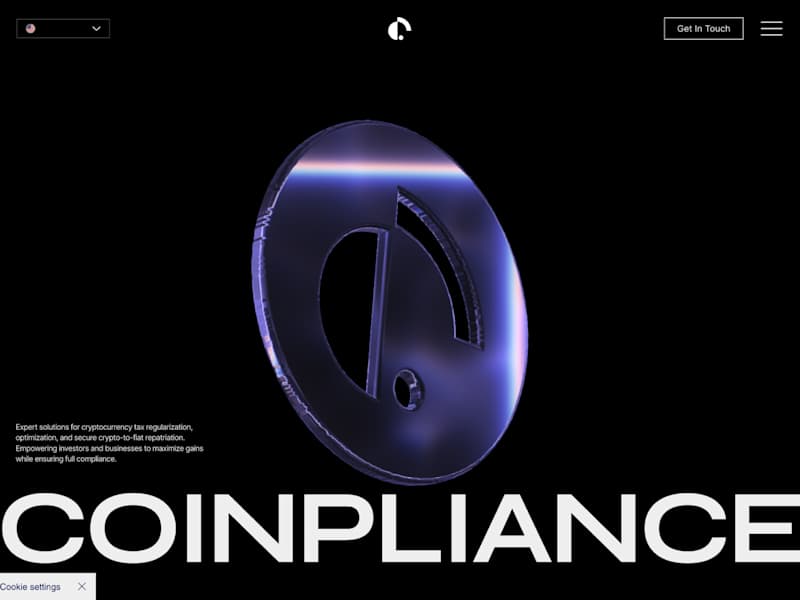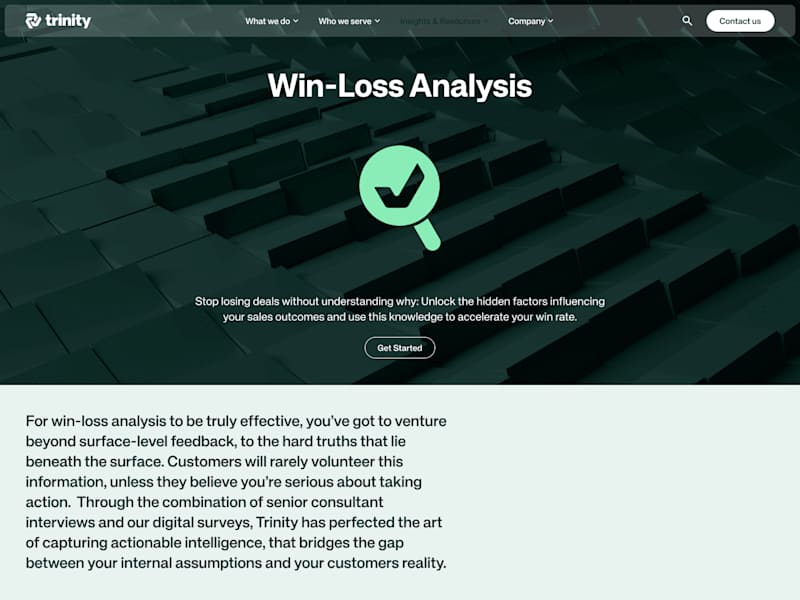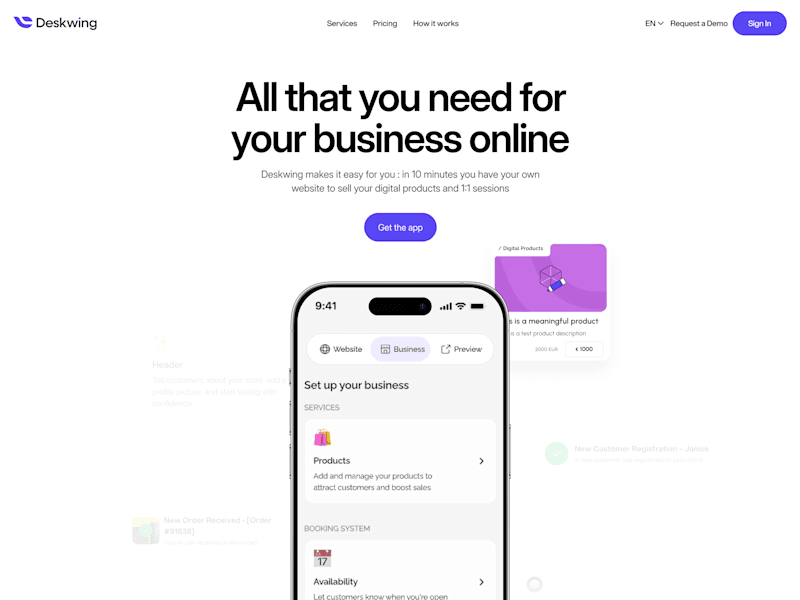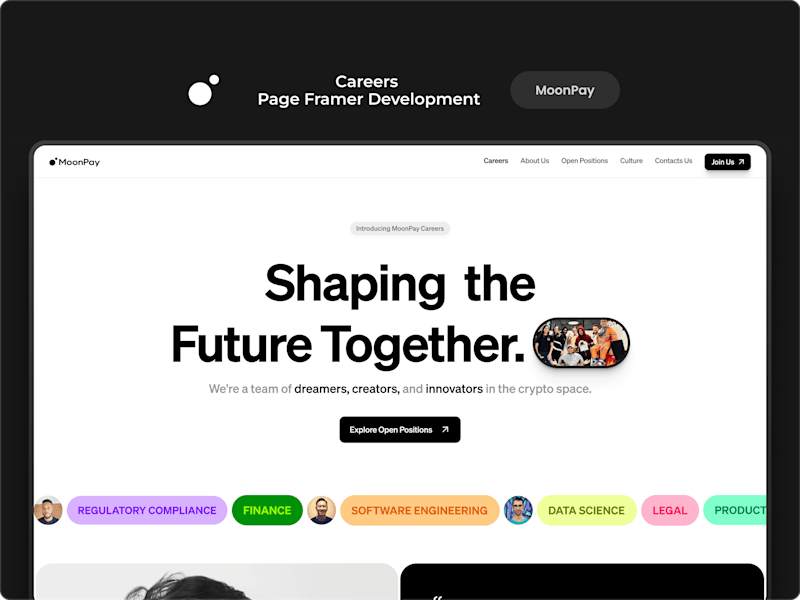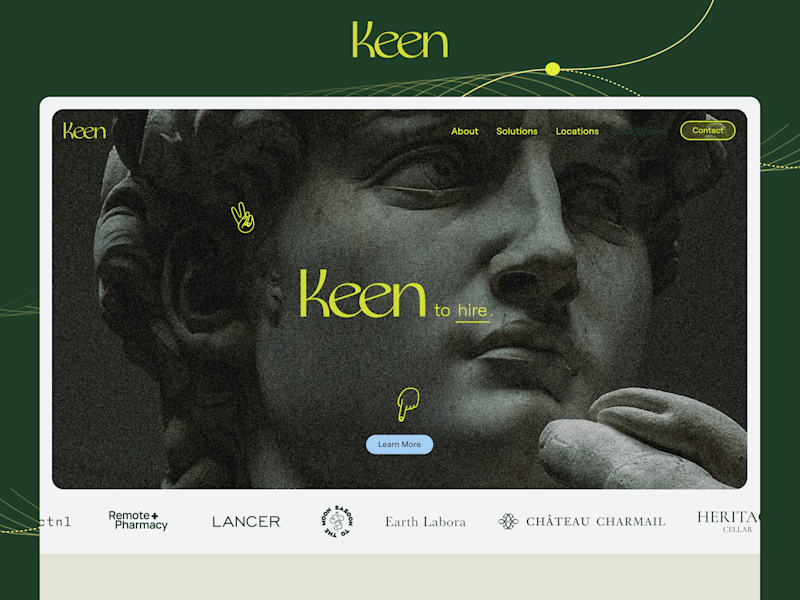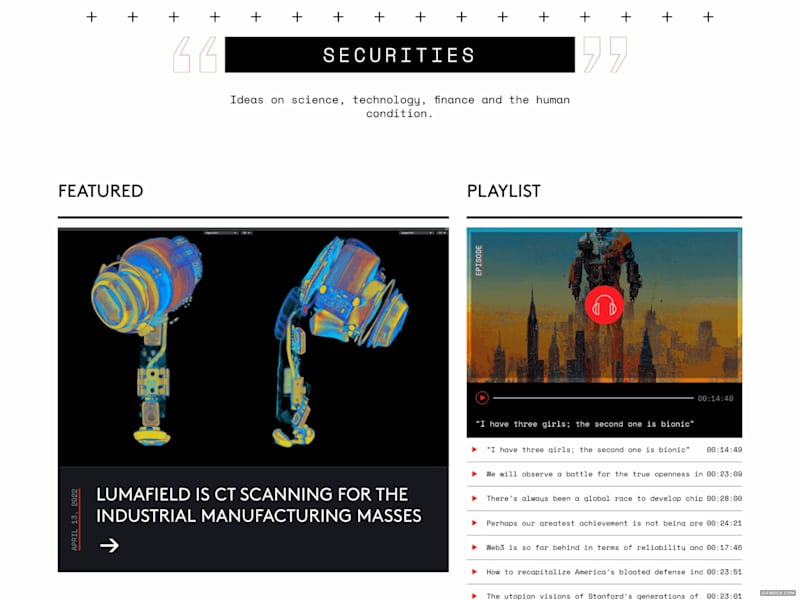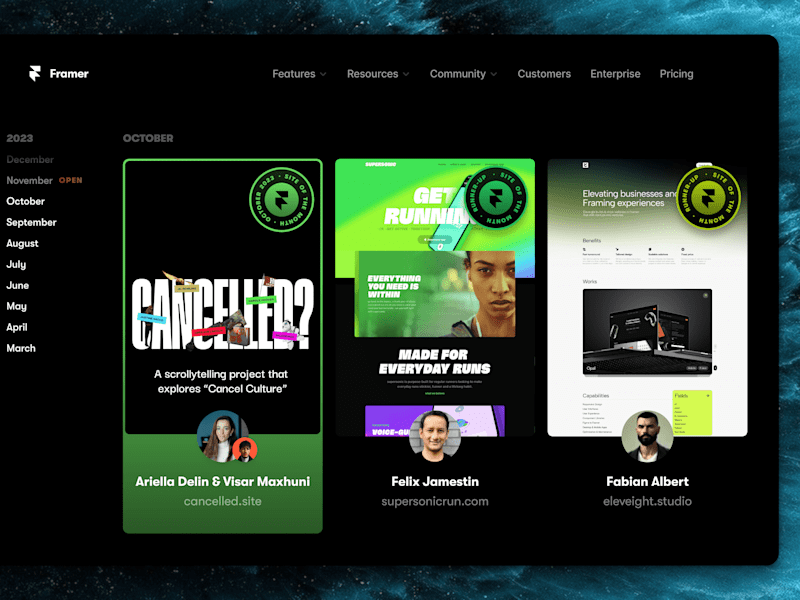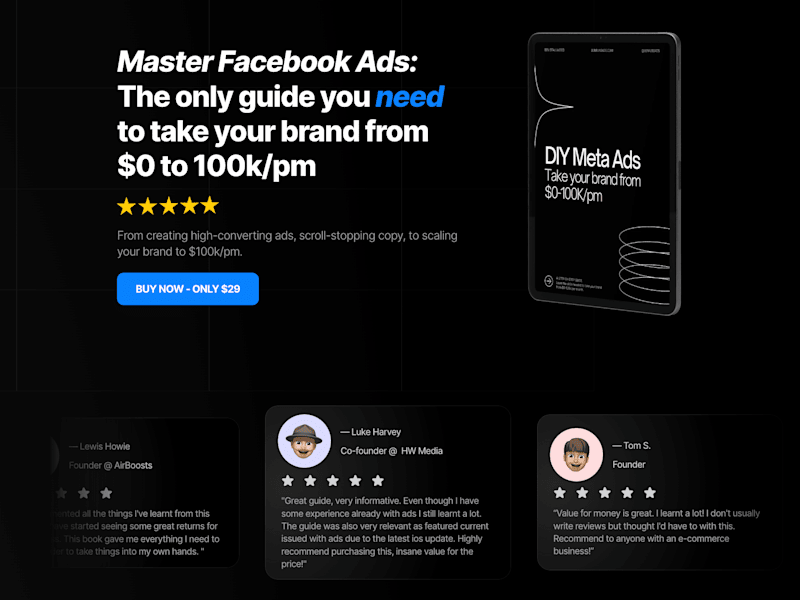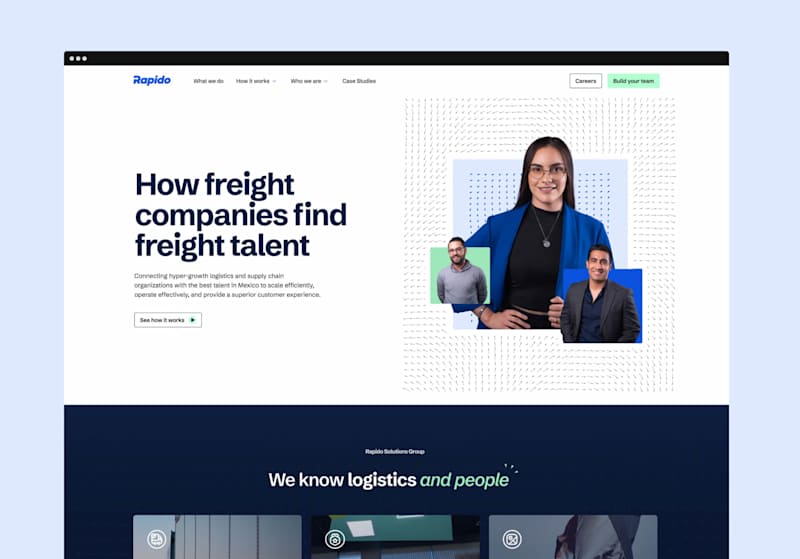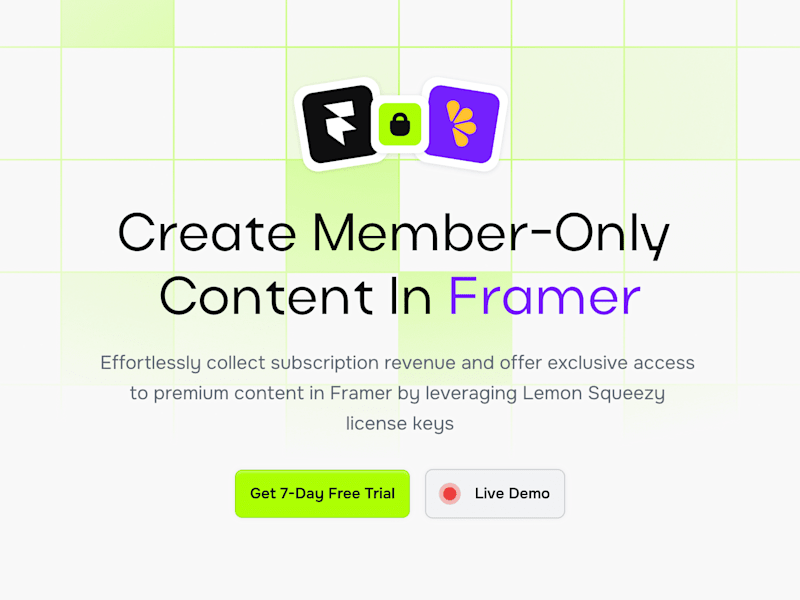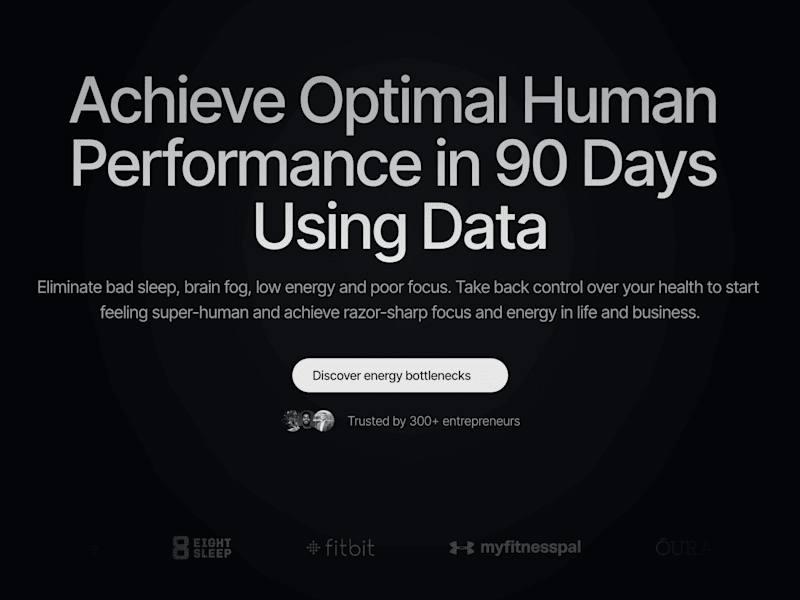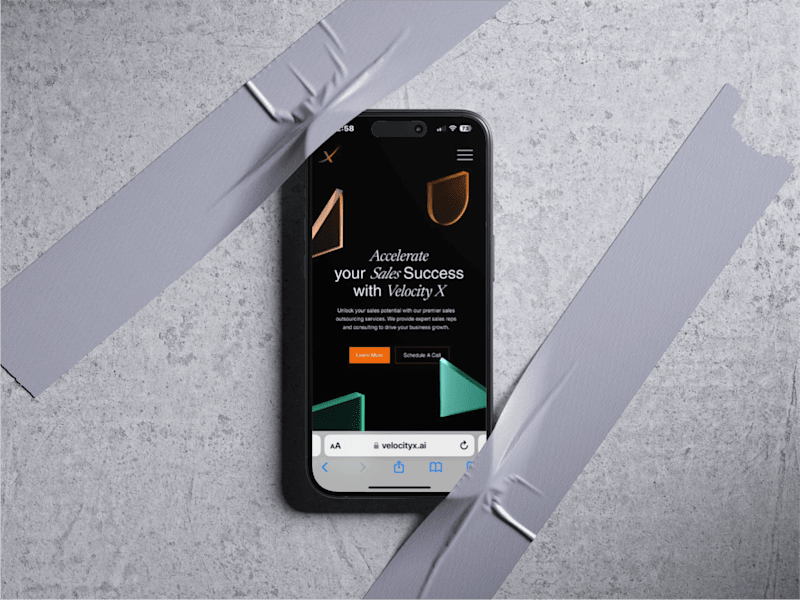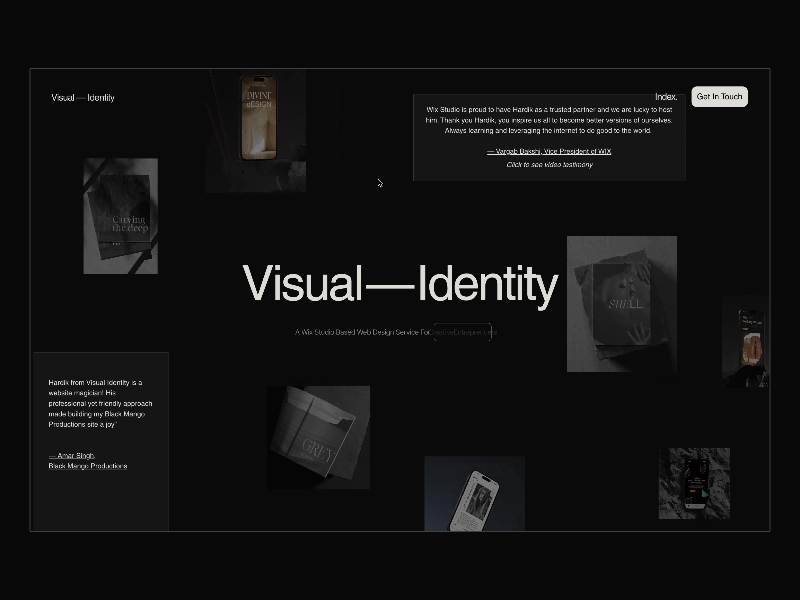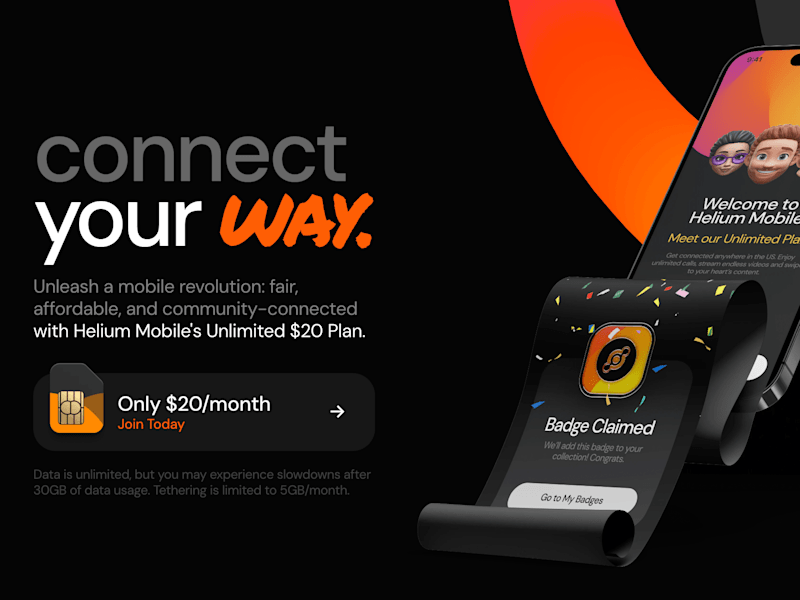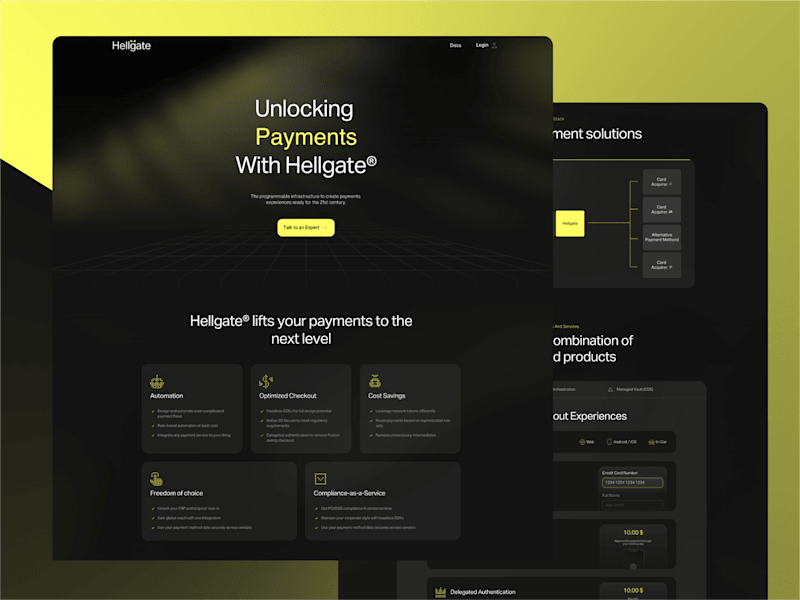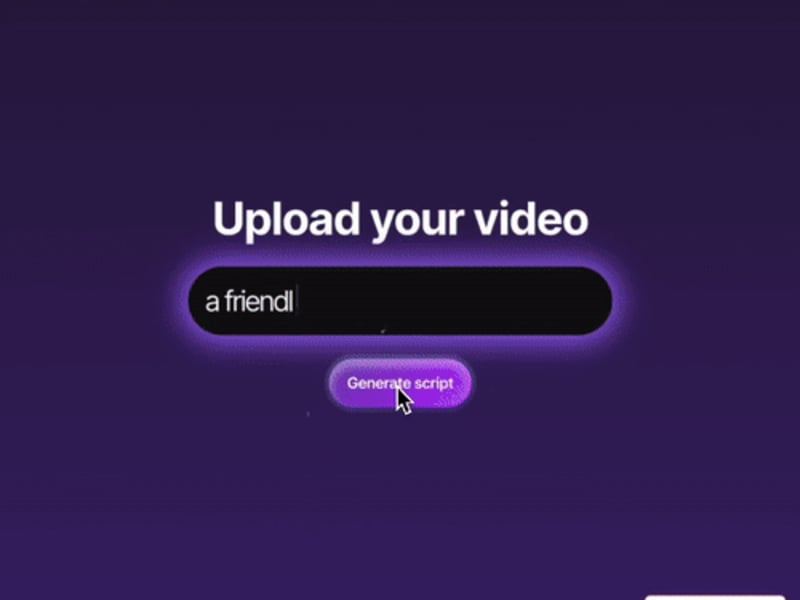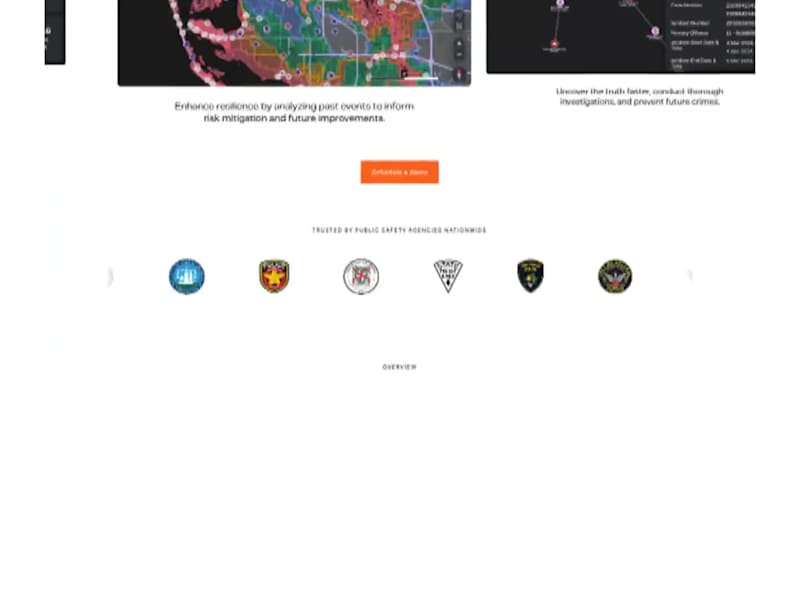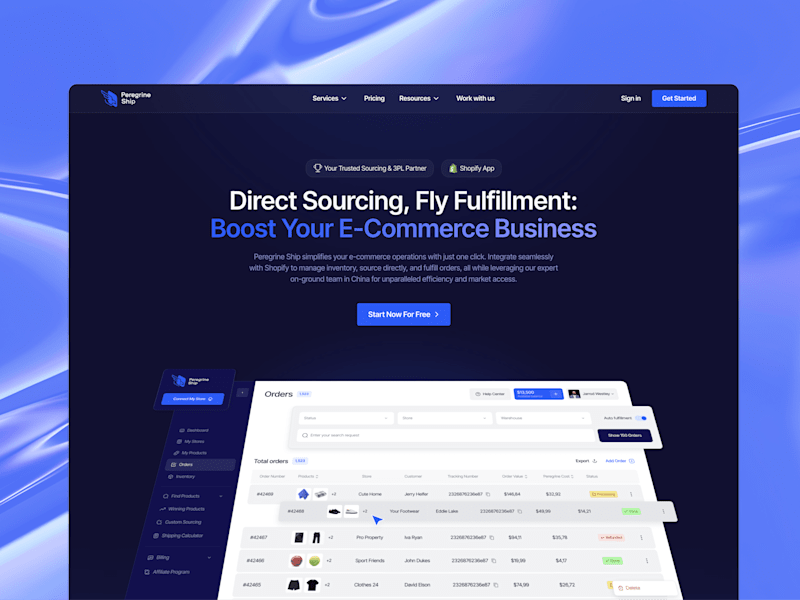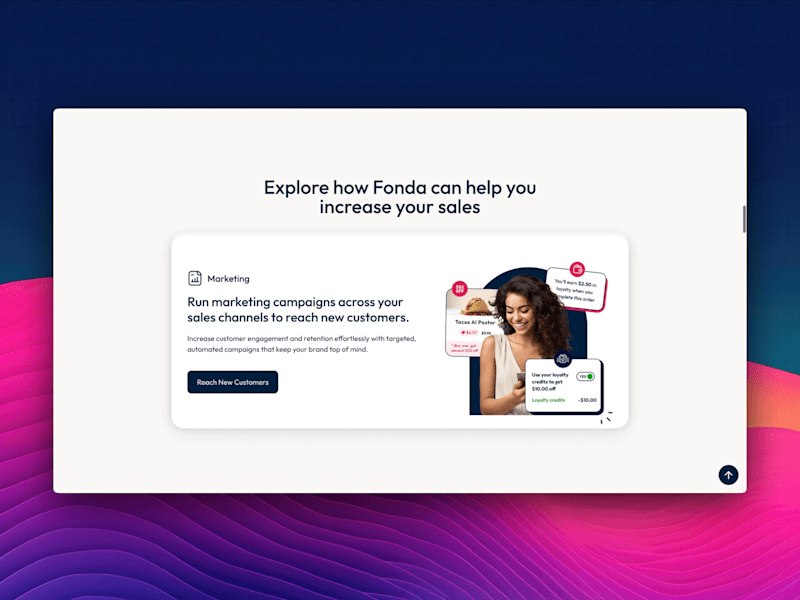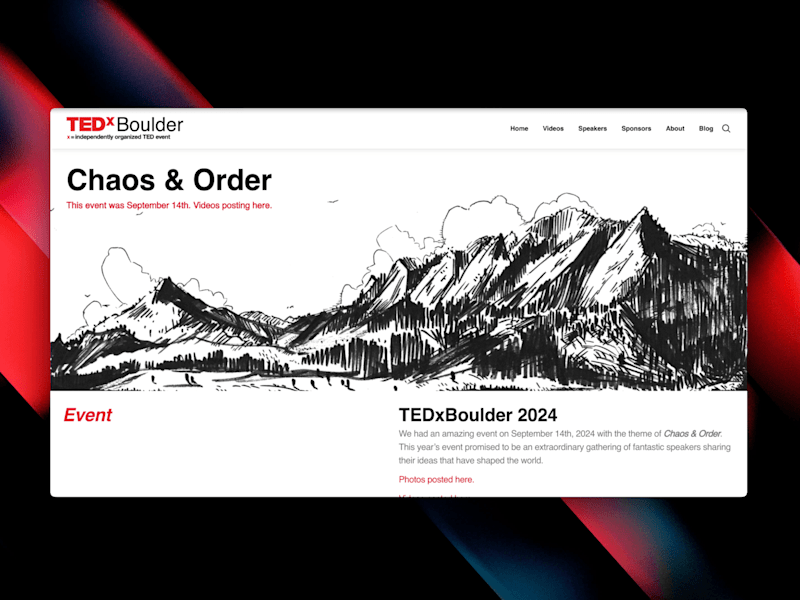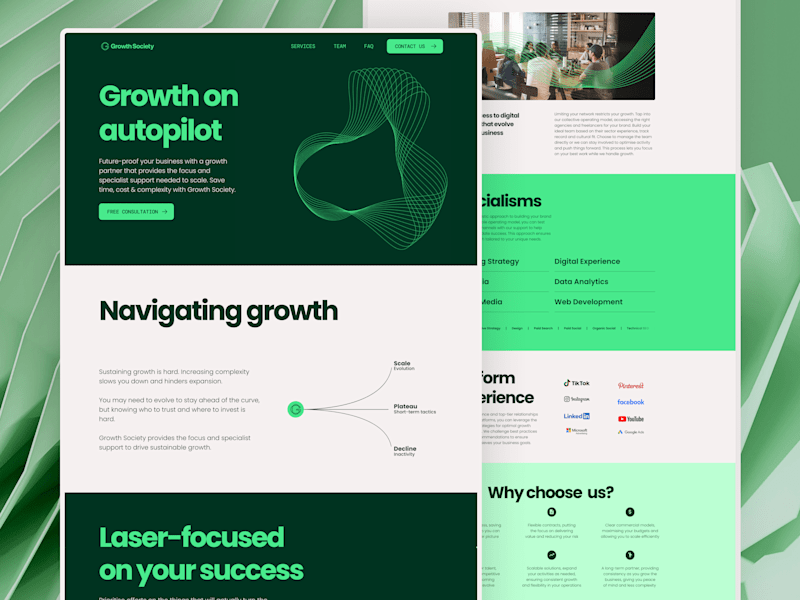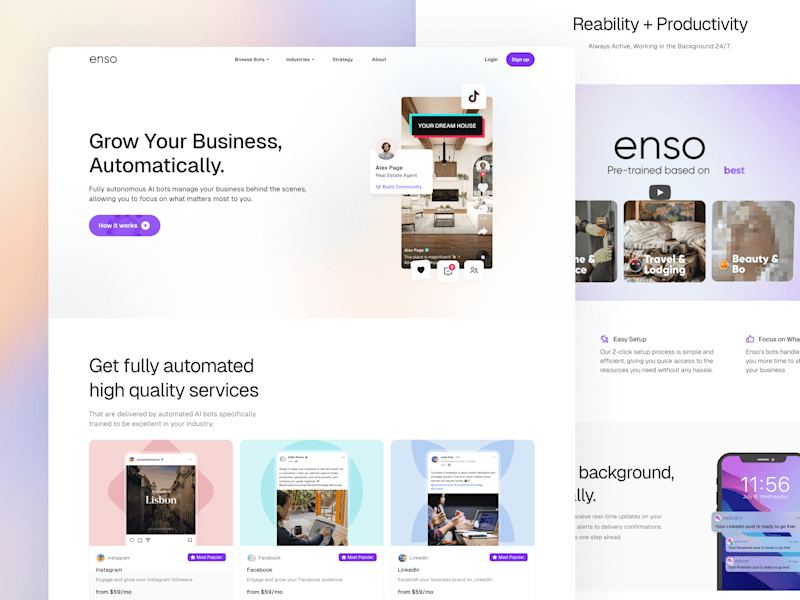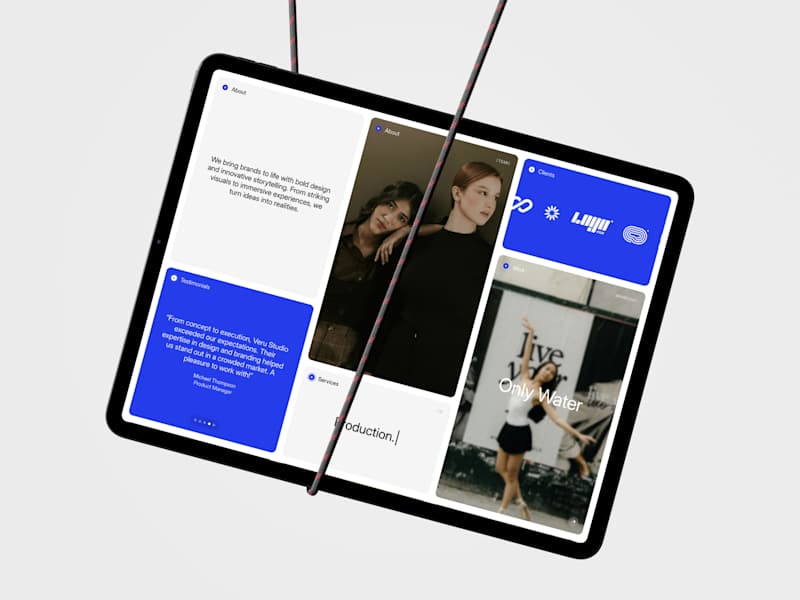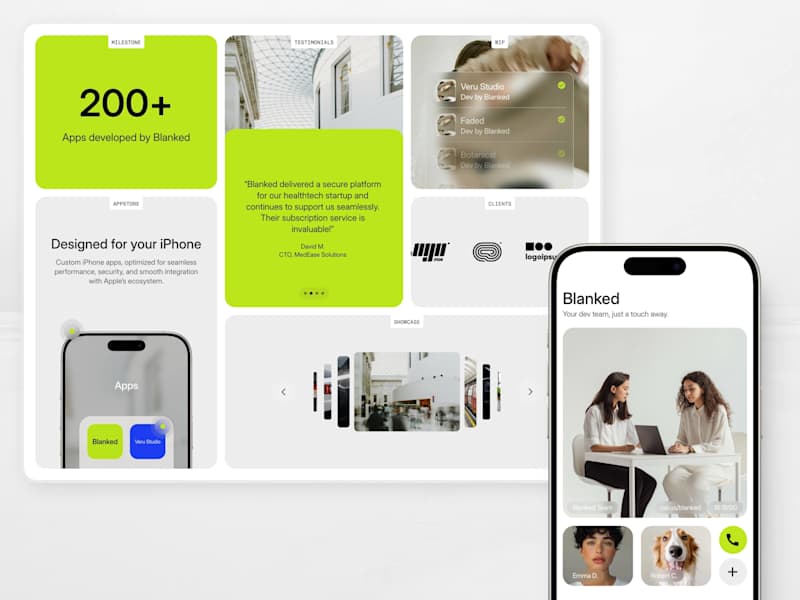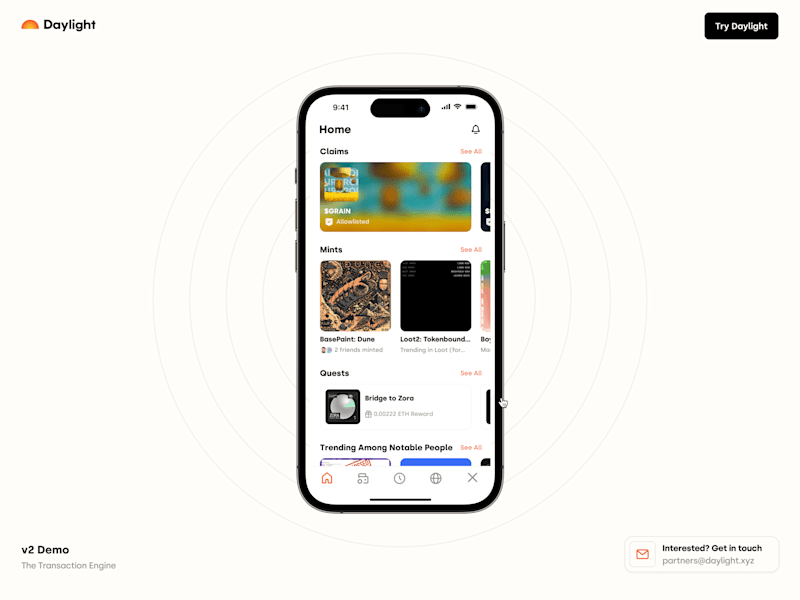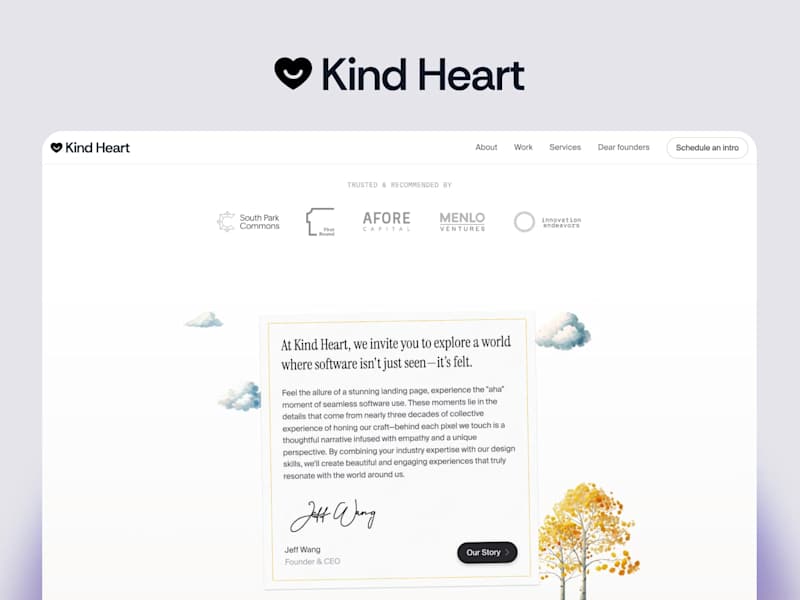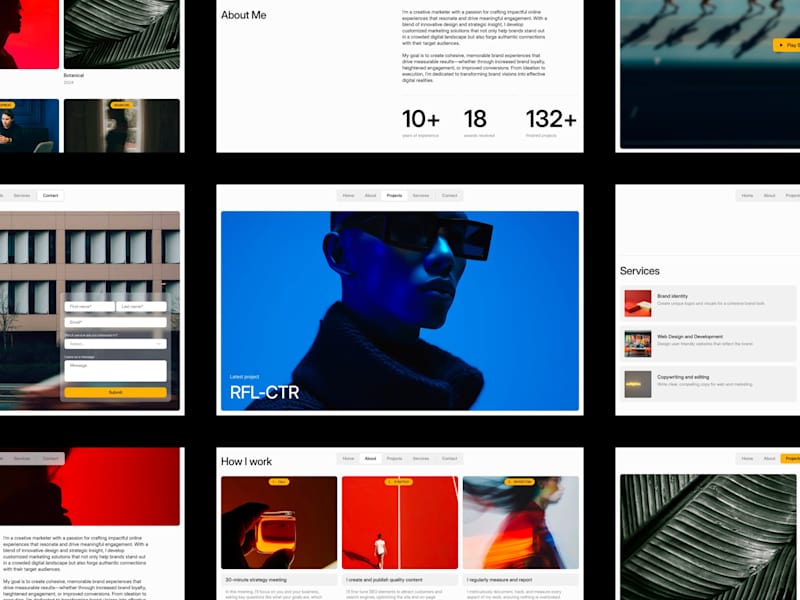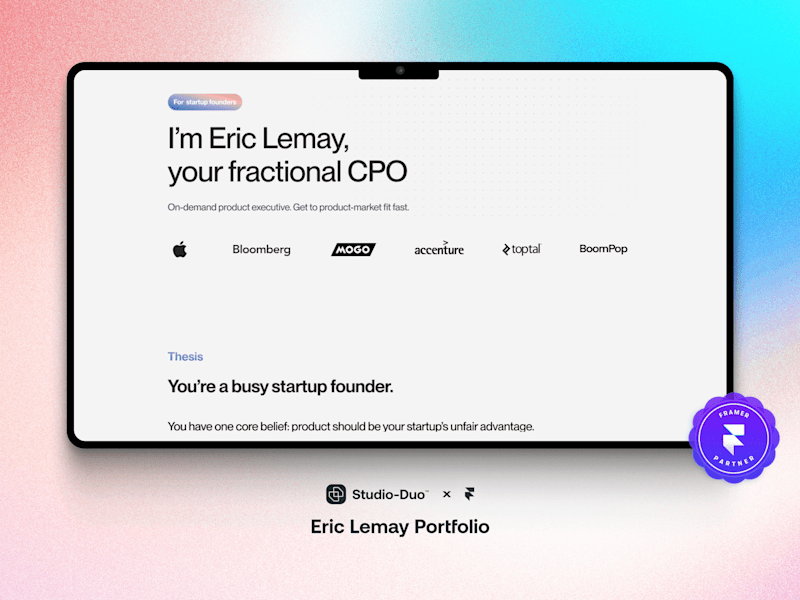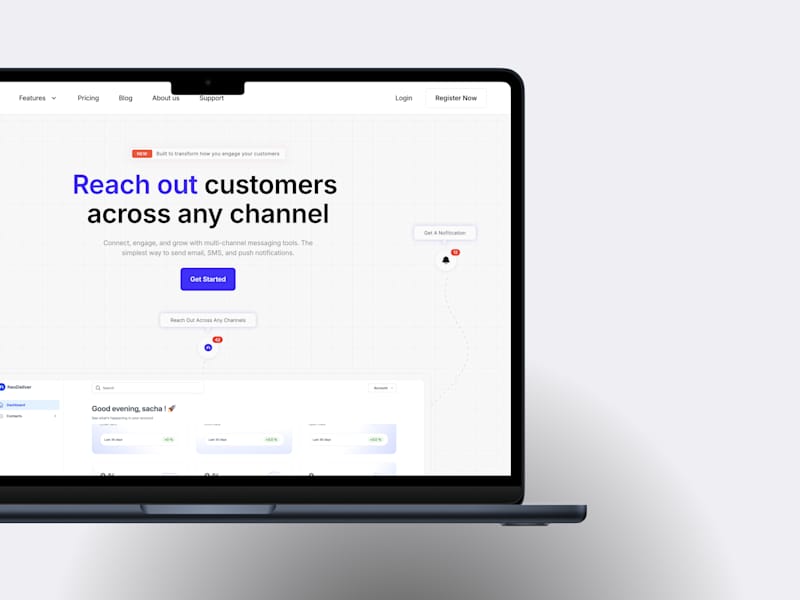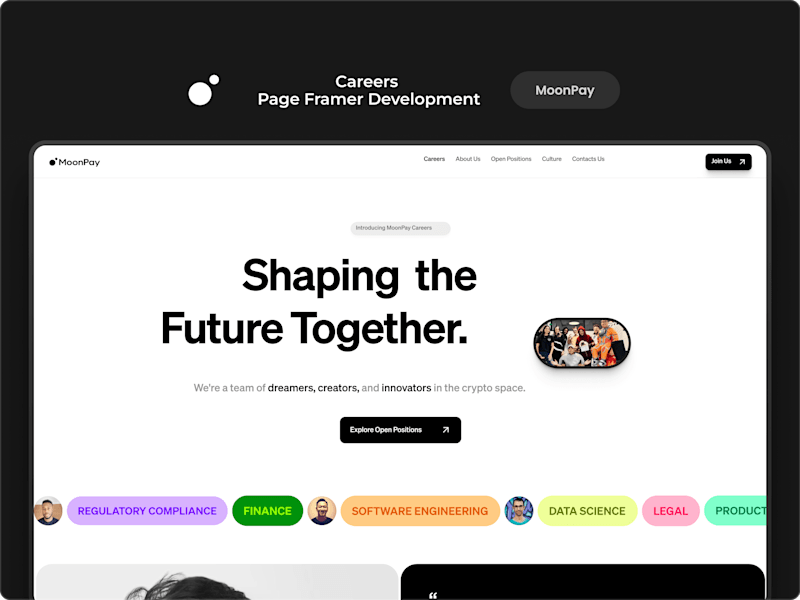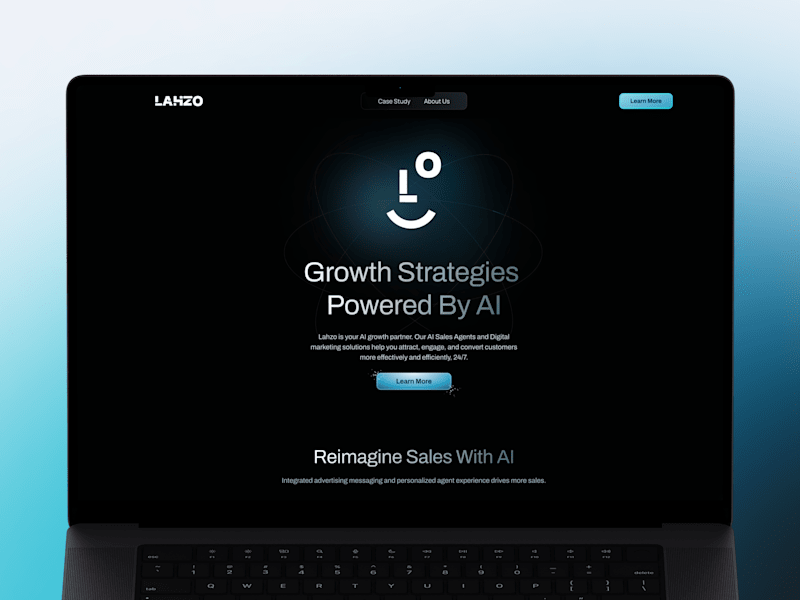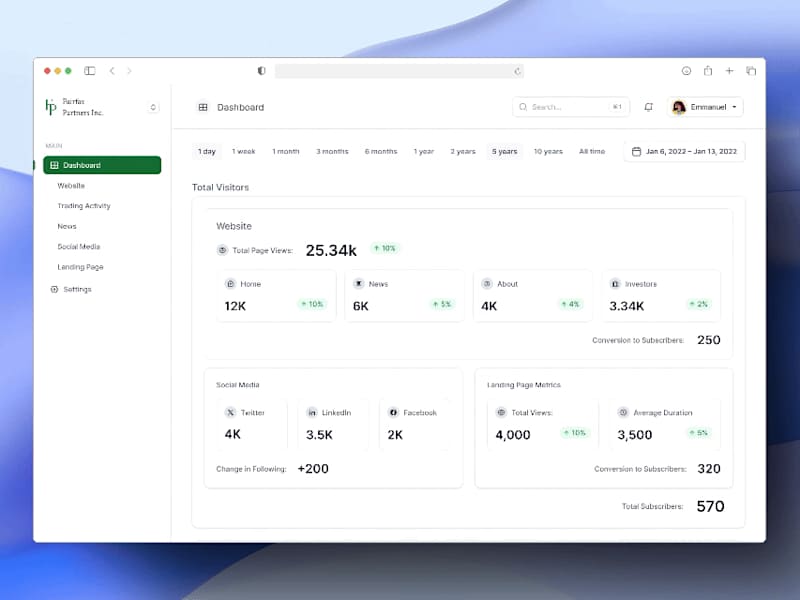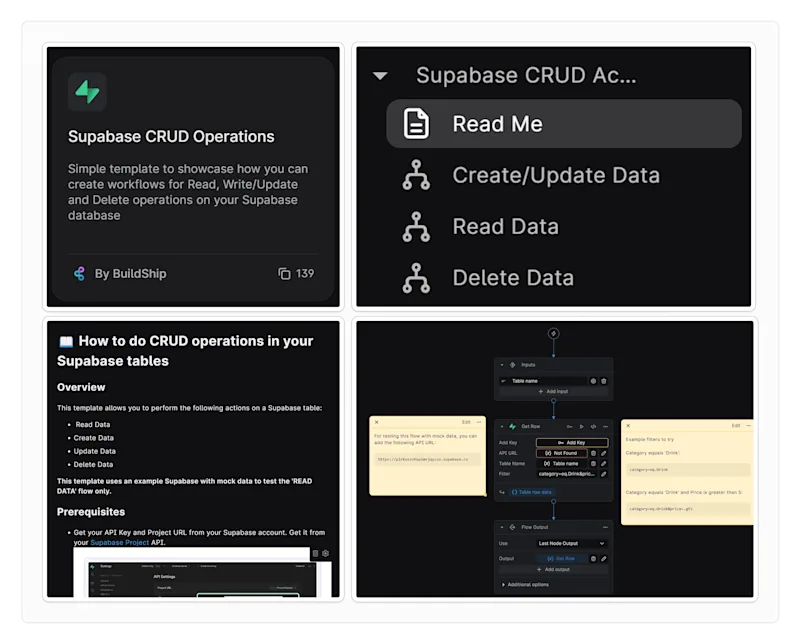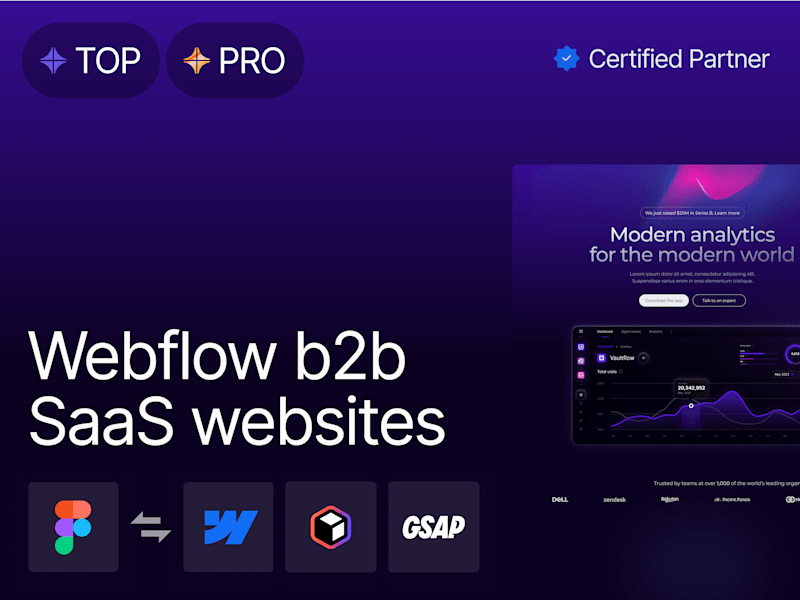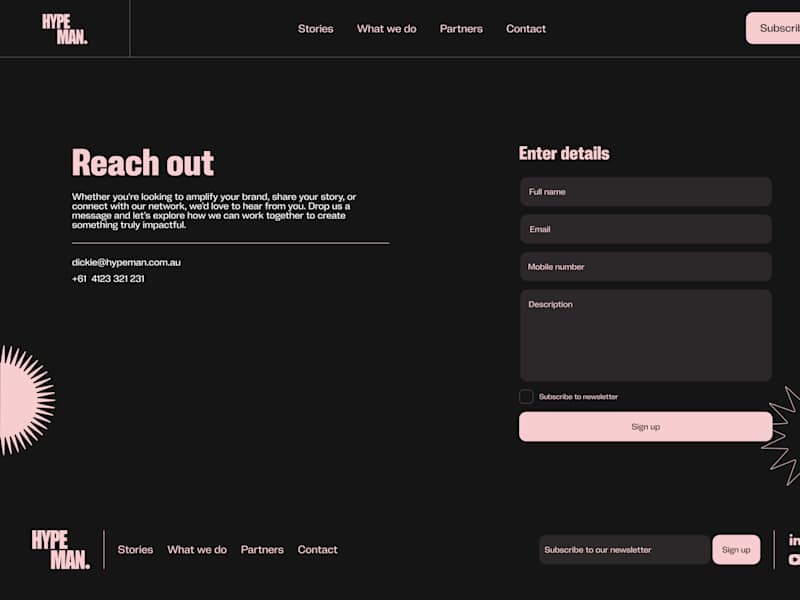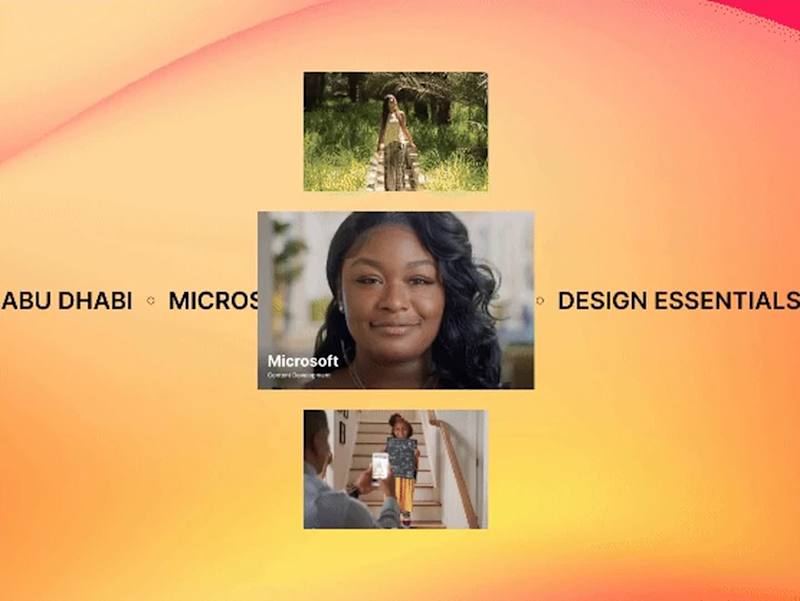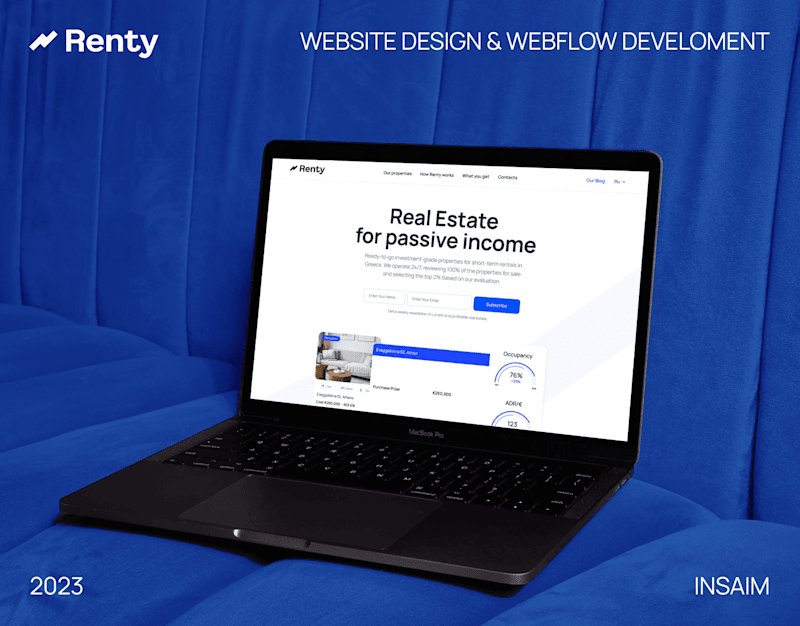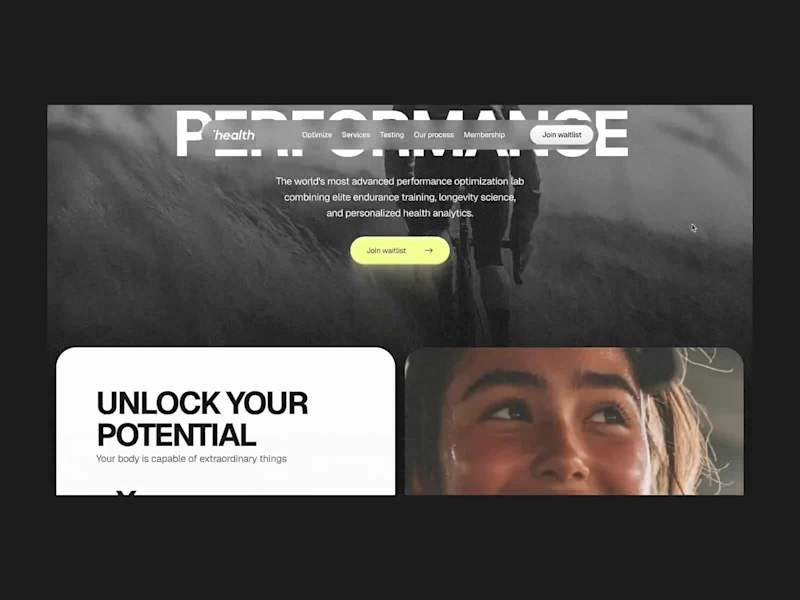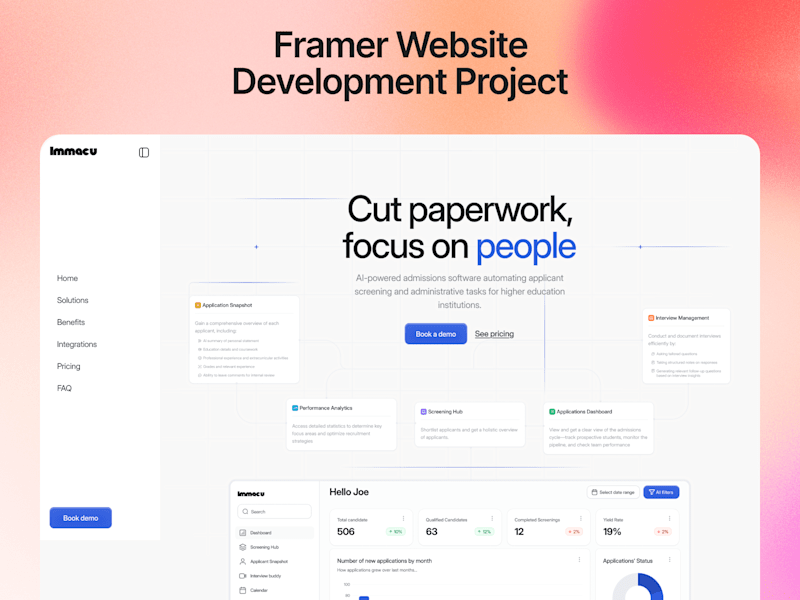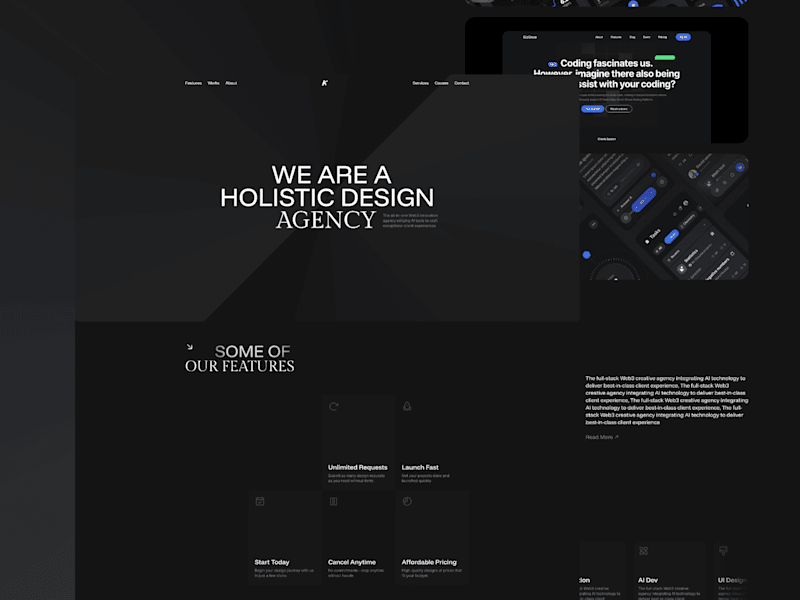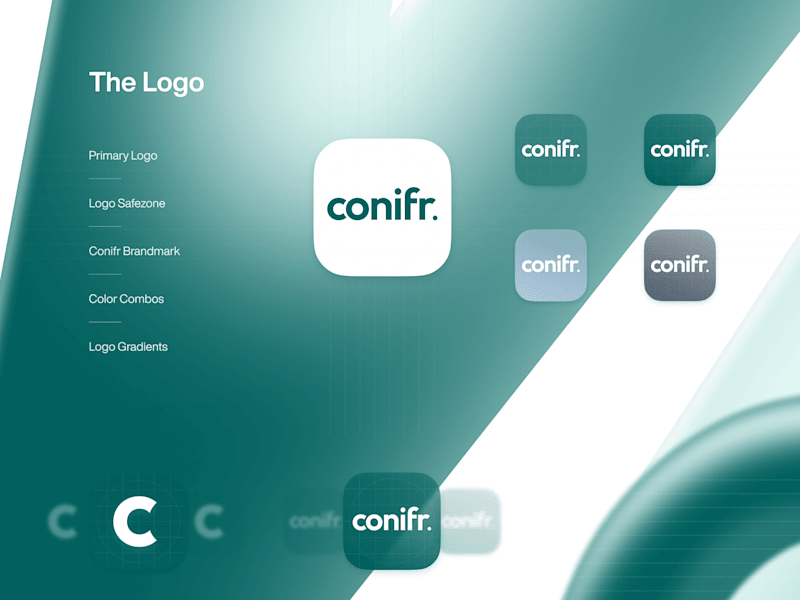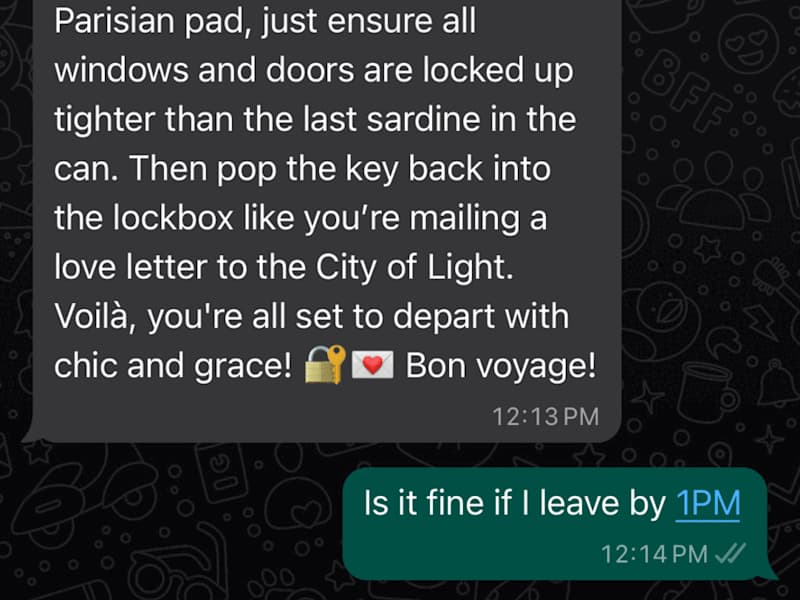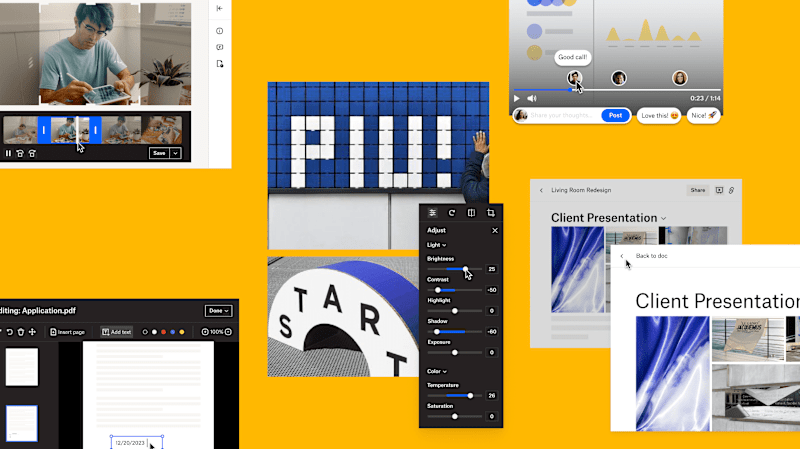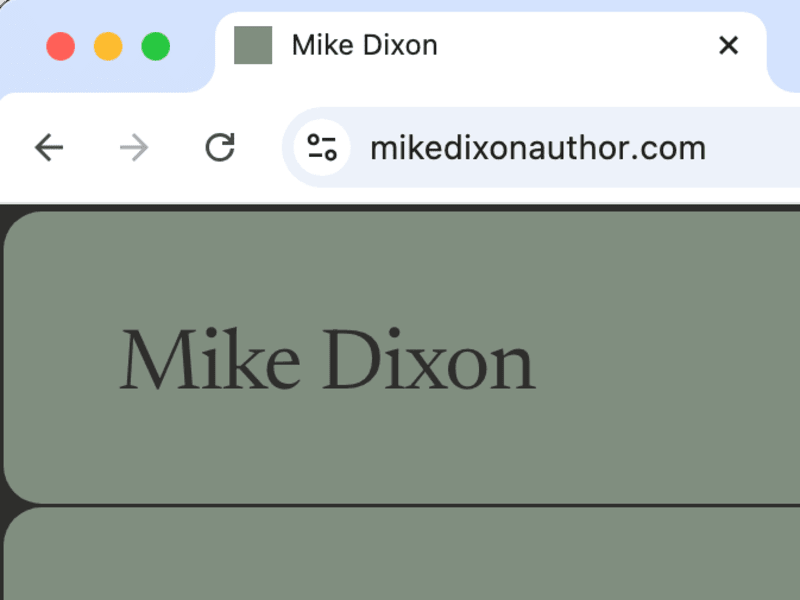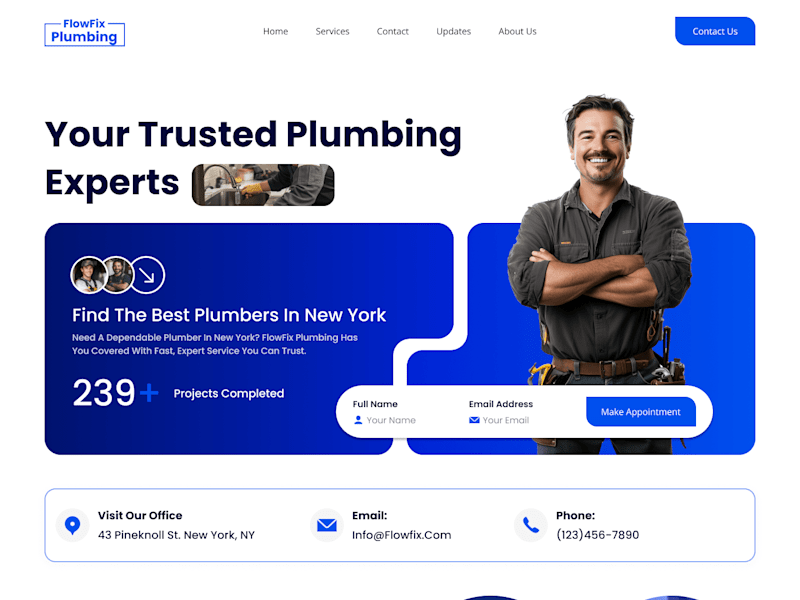What should I consider when defining the project scope for a low-code/no-code developer?
First, understand what you want to build. Then, talk to the developer to discuss features and goals. Make sure the developer knows your needs clearly.
How do I assess the experience of low-code/no-code developers?
Look at their past work with similar projects. Check if they have experience with the tools you want to use. Ask for examples of problems they solved in past projects.
What criteria should I use to shortlist potential low-code/no-code candidates?
Check if they have worked on projects like yours before. Look for good reviews from other clients. Make sure they understand your industry and business needs.
How can I collaborate effectively with a low-code/no-code developer?
Set clear communication channels, like email or video calls. Agree on regular updates about the project’s progress. Use tools that help you both track the work and share feedback easily.
What should I include in a contract before starting with a low-code/no-code developer?
Include details about the project goals and timeline. Set expectations for communication and updates. Make sure both parties agree on the deliverables and payment terms.
How do I ensure the quality of deliverables from a low-code/no-code developer?
Define clear quality standards from the start. Ask for a plan on how they will test the solution. Request regular demos to see the progress and make changes as needed.
What steps can I take to onboard a low-code/no-code developer smoothly?
Introduce them to your team and the project's background. Provide access to necessary tools and resources. Explain your workflow and any specific procedures they need to follow.
How do I finalize project timelines and milestones with a low-code/no-code developer?
Discuss your deadline and break down the work into smaller tasks. Agree on milestones and dates to review the progress. Be flexible and leave room for updates if needed.
What is the best way to communicate feedback to a low-code/no-code developer?
Be positive and clear when giving feedback. Use screenshots or examples to show what you mean. Set a regular time to discuss feedback to avoid confusion.
How can I ensure a successful project handover from a low-code/no-code developer?
Ask for documentation on how everything works. Set up a final meeting to address any questions you have. Make sure you have the skills or resources to maintain the project.
Who is Contra for?
Contra is designed for both freelancers (referred to as "independents") and clients. Freelancers can showcase their work, connect with clients, and manage projects commission-free. Clients can discover and hire top freelance talent for their projects.
What is the vision of Contra?
Contra aims to revolutionize the world of work by providing an all-in-one platform that empowers freelancers and clients to connect and collaborate seamlessly, eliminating traditional barriers and commission fees.

- $10k+
- Earned
- 32x
- Hired
- 5.0
- Rating
- 222
- Followers
Top
Expert

- $100k+
- Earned
- 52x
- Hired
- 5.0
- Rating
- 500
- Followers
Top
Expert

- $100k+
- Earned
- 53x
- Hired
- 5.0
- Rating
- 151
- Followers
Top
Expert

- $25k+
- Earned
- 22x
- Hired
- 5.0
- Rating
- 157
- Followers
Top
Expert

- $50k+
- Earned
- 63x
- Hired
- 4.8
- Rating
- 622
- Followers
Top
Expert




























